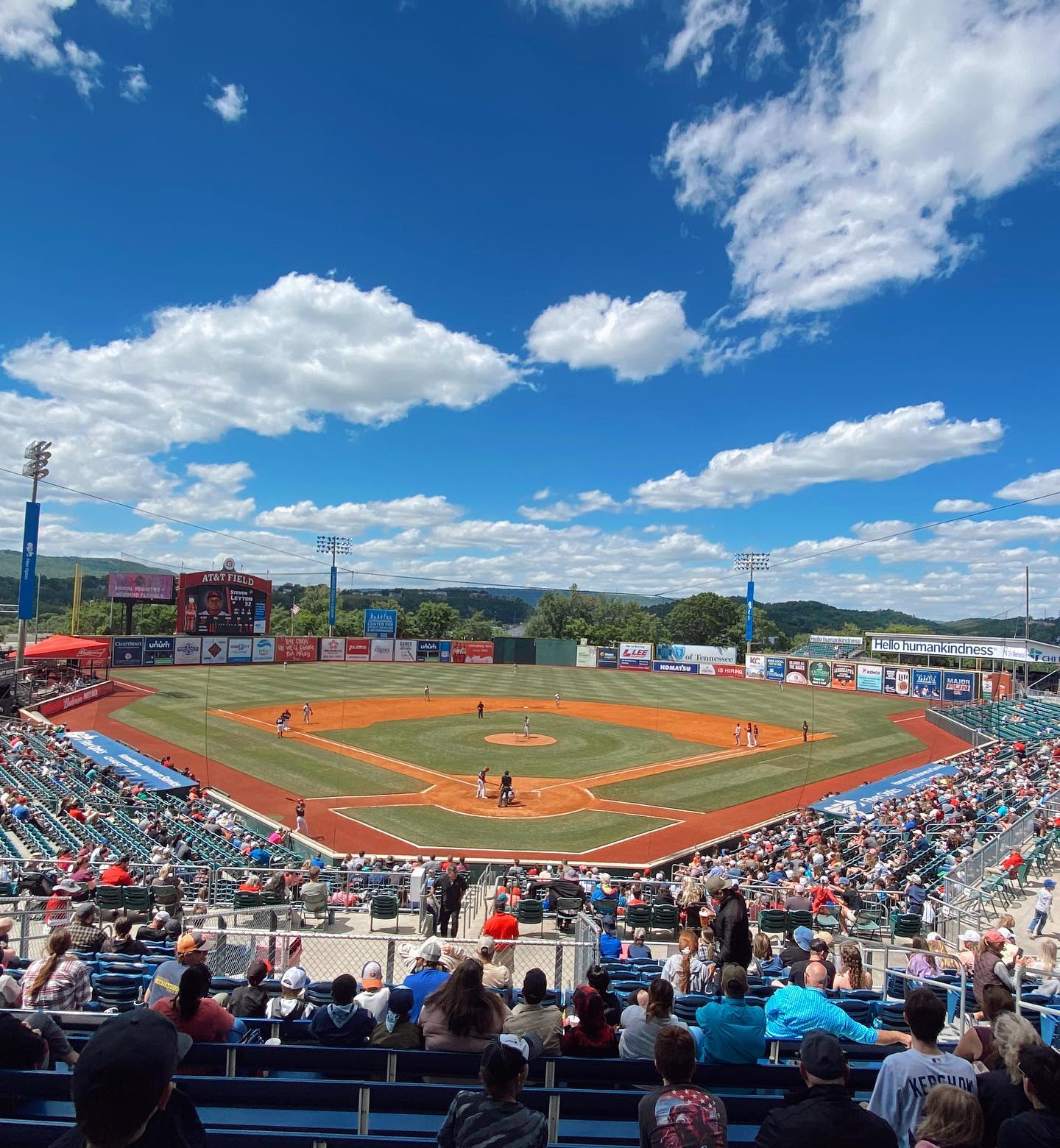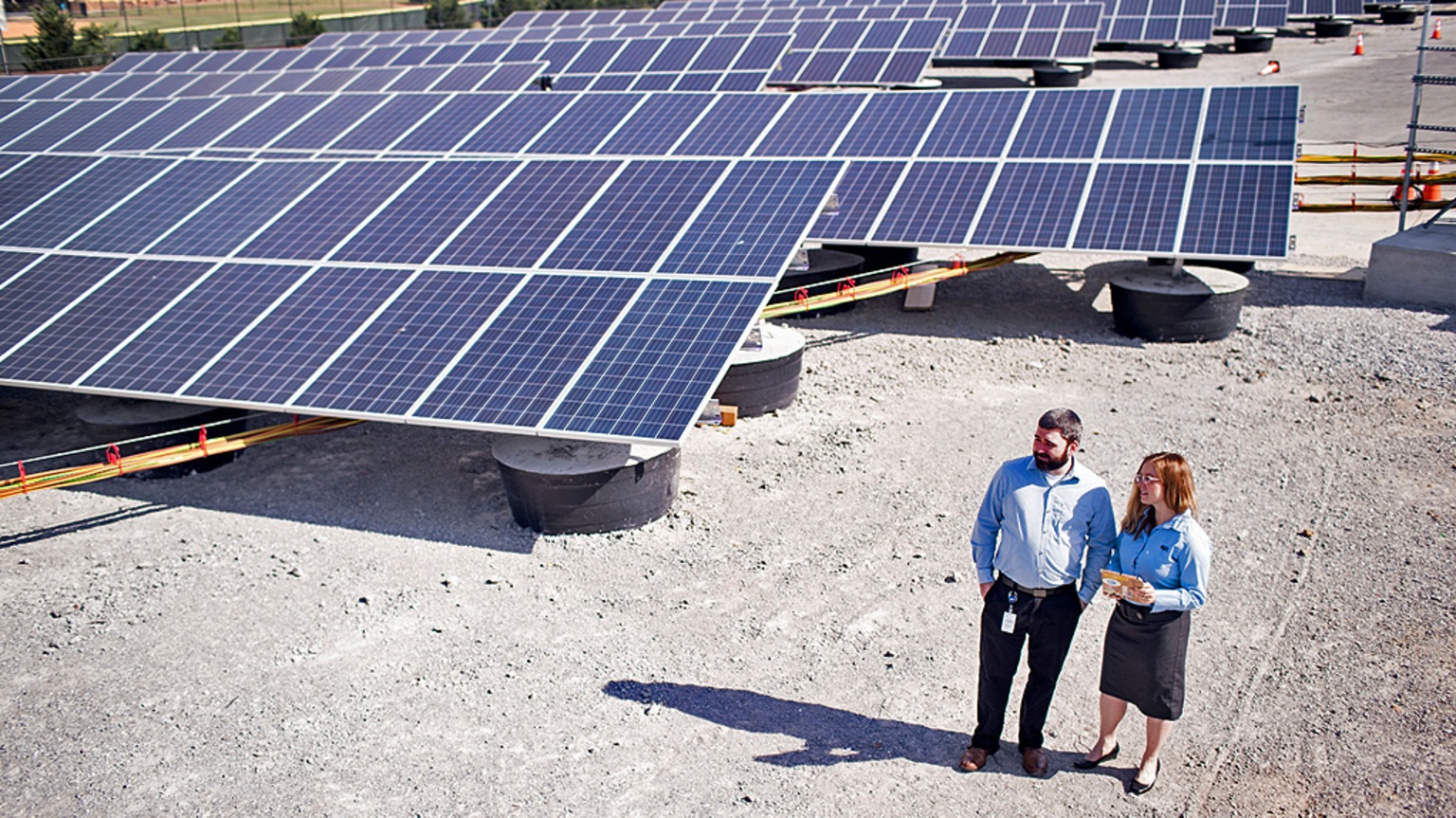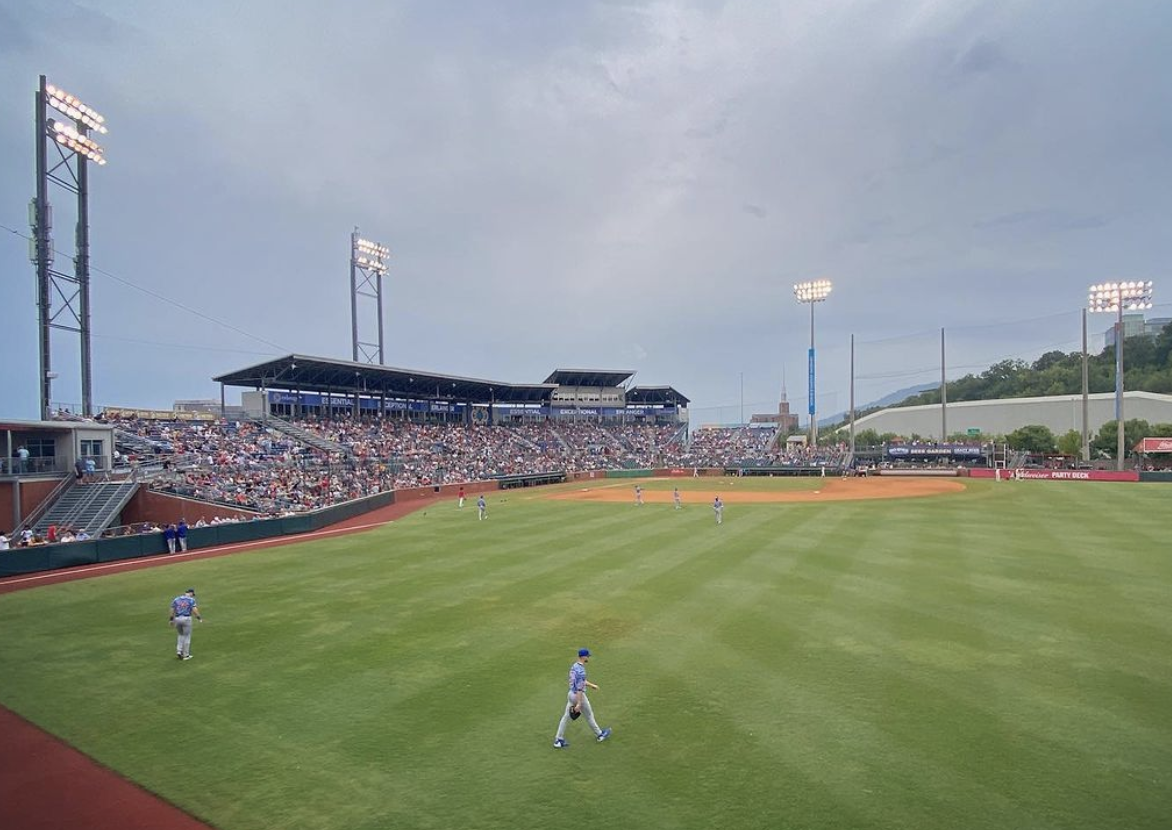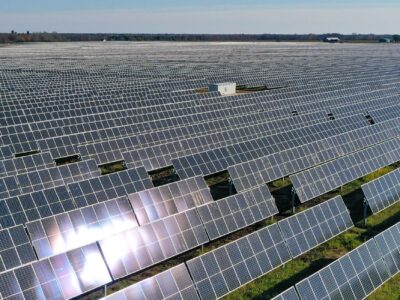For nearly every game, the members of the Double-A minor league team, Chattanooga Lookouts, wear the same two basic colors as its parent ballclub, the Cincinnati Reds: red and white. However, on Aug. 23, 2019, they donned green jerseys for a special and historical reason.
On that day, Chattanooga held a “Green Power Night” to increase fan awareness of sustainable energy. “The Lookouts strive to be an environmental leader in minor league baseball,” Rich Mozingo, Lookouts president, said in a statement. “Chattanooga is our home, and every effort to help clean up the air we breathe creates a better fan experience while adding value to the community we love.”
However, the team did more than simply share environmental-related information and hand out commemorative Green Power bats. They made “Green Power Night” a 100% carbon-neutral event. While Major League Baseball Seattle Mariners achieved Major League Baseball’s first carbon-neutral game in 2008, Chattanooga’s carbon-neutral game was the first ever done in the minor leagues.

Photo Courtesy Chattanooga Lookouts
Solar Share panels were set up outside of the team’s AT&T Field To achieve carbon neutrality by creating enough solar energy credits to equal the power needed for game-day operations. The 2,500-kilowatt hours generated that night amounted to nearly two tons of carbon. The solar panels, unfortunately, couldn’t help to provide power to the Lookouts’ bats as the team lost the “Green Power Night” match-up 17–6.
The idea for Green Power Night originated out of conversations between representatives of the Tennessee Valley Authority (TVA) and the Chattanooga-based utility company, EPB, to demonstrate to the public that renewable energy has the scalability to be utilized by small businesses or even renters.
EPB supplied the Solar Share installations for the game, while TVA handled the electricity end of the project.
TVA, America’s largest public power provider, was a clean hydropower pioneer in the 1930s, and today more than half of the electricity it creates is carbon-free.
“This game is a great example of the renewable energy solutions TVA makes available across our region to make businesses more competitive and better environmental stewards,” Doug Perry, TVA vice president of commercial energy solutions, said in a statement.

Photo Courtesy MiLB
When TVA and EPB approached the Lookouts, the ballclub was instantly excited over the idea. “We jumped at the opportunity,” Dan Kopf, Lookouts media relations director, explained to “MiLB.com.”
“We wanted to use our voice to show that baseball can be green,” he added. “We want to show other teams, and other businesses, that you can do this and become more sustainable.”
The connection between the Lookouts and Chattanooga began in 1885 when the first incarnation of the team was a member of the inaugural Southern League.
While Lookouts have been a very successful minor league franchise over the decades, their main claim to fame in the annals of baseball history came in 1931. Jackie Mitchell, a 17-year-old female pitcher, struck out Babe Ruth and Lou Gehrig in an exhibition game. She was the first woman in the 20th century to play professional baseball.
With its historic carbon-neutral “Green Power Game” in 2019, the Lookouts have earned another place of honor in baseball history, and perhaps it is no coincidence that 2019 saw Chattanooga being named the Organization of the Year in the Southern League.

Photo Courtesy chattlookouts
The lookout for the Lookouts remains strong, although less so for its home ballpark, AT&T Field. The stadium, built in 2000, sits on such a confined parcel of land that it would be extremely difficult, if not impossible, to renovate it with the upgrades needed to reach Major League Baseball’s requirements for minor league ballparks.
However, plans are in the works to build a new stadium in Chattanooga by the 2525 MLB deadline. Design renderings made public in the spring of 2023 revealed that the new venue will be built on the grounds of an old foundry. This example of brownfield repurposing could represent a sign of the team’s interest in including sustainability in its conception of the new baseball field.





